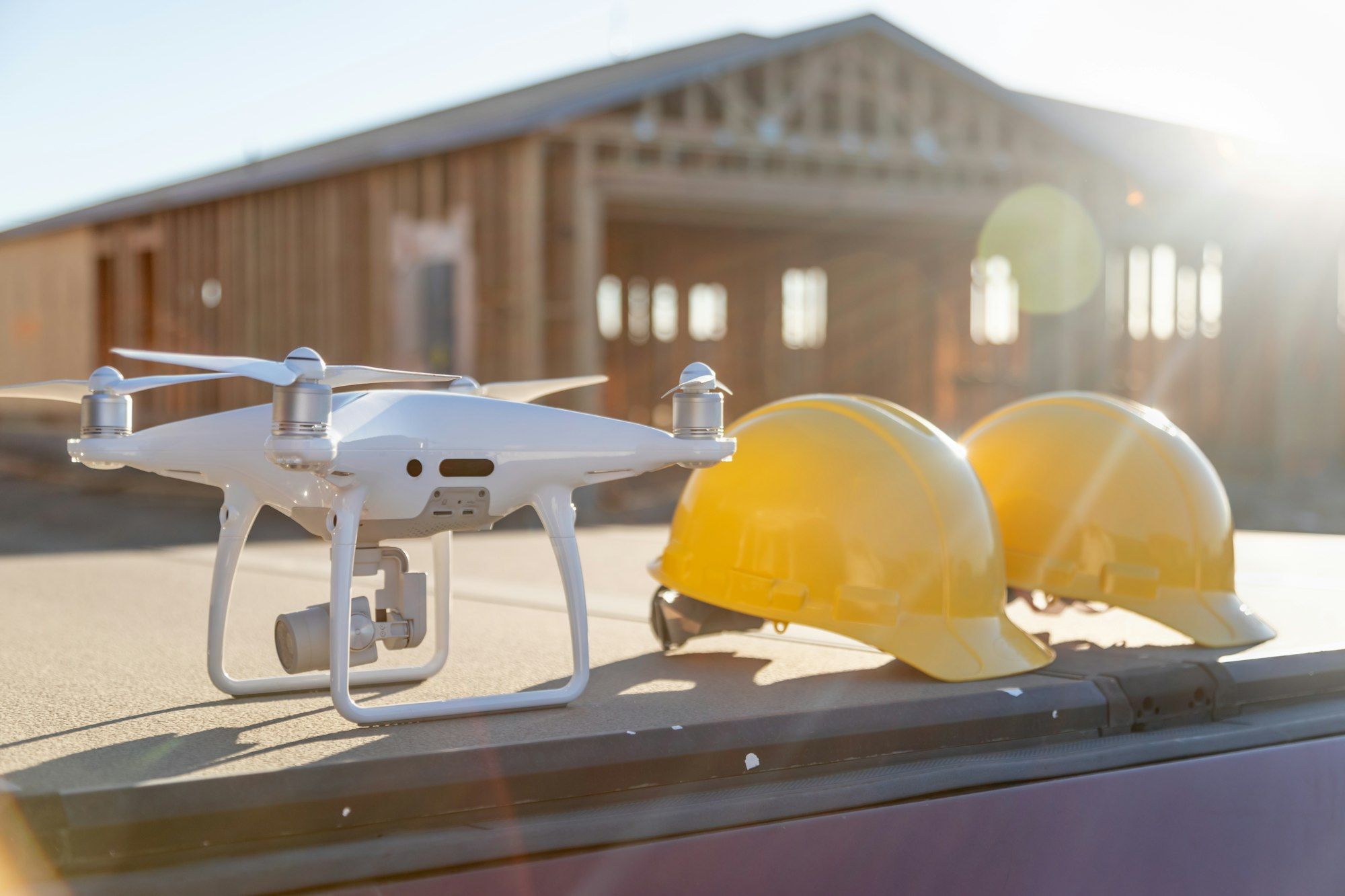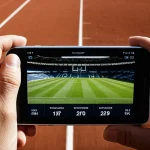Transforming Rural Emergency Medical Response: How Drone Technology is Changing the Landscape in the UK’s Outskirts
The Need for Innovation in Rural Medical Response
Rural areas in the UK often face significant challenges when it comes to medical emergency response. The vast distances, limited road infrastructure, and harsh weather conditions can delay critical medical deliveries, putting patients’ lives at risk. However, a revolutionary solution is on the horizon: drone technology. This article delves into how drones are transforming medical response in rural UK, highlighting the key initiatives, benefits, and future prospects of this innovative approach.
Drone Delivery Trials in Rural UK
Several pioneering projects are underway to integrate drones into the medical delivery system in rural UK. One of the most notable is Project CAELUS (Care & Equity – Healthcare Logistics UAS Scotland), led by AGS Airports and involving 16 partners, including NHS Scotland. This project aims to develop the UK’s first national distribution network using drones to transport essential medicines, blood, organs, and other medical supplies across Scotland[3].
Also to discover : Unleashing ai: transforming music composition and sound engineering for a new era of creativity
Key Scenarios and Benefits
- Faster Diagnostic Testing: In remote areas like the Isle of Arran, diagnostic samples currently take 3.5 to 5 hours to reach mainland laboratories by road and ferry. Drones can reduce this time to just 30 minutes, enabling quicker access to test results and potentially lifesaving decisions[4].
- Urgent Blood Product Deliveries: Drones can transport blood products to patients in emergency need within 30 minutes, compared to the current 5-hour journey by road and ferry[4].
- Environmental Benefits: Drone deliveries significantly reduce carbon emissions and traffic congestion, making them a sustainable alternative to traditional transportation methods[2].
The London Inter-Hospital Drone Service: A Model for Scalability
While Project CAELUS focuses on rural Scotland, a similar initiative in London is setting the stage for scalable drone delivery services across the UK. The partnership between Guy’s and St Thomas’ NHS Foundation Trust, Apian, and Wing (part of Alphabet Inc.) has launched an on-demand medical delivery service using autonomous drones to transport urgent blood samples between hospitals in London.
Operational Details and Impact
- Regulatory Approval: The Civil Aviation Authority (CAA) has granted approval for a Temporary Reserved Area (TRA) for the drones to operate, ensuring safe integration with other air traffic[1].
- Efficiency and Speed: Blood samples that previously took over half an hour to transport by road now take less than two minutes by drone, significantly speeding up testing turnaround times and improving patient care[5].
- Community Engagement: Extensive outreach programs have been conducted to inform and engage nearby communities, ensuring transparency and acceptance of the drone operations[1].
Addressing Safety and Regulatory Challenges
One of the critical aspects of integrating drones into medical delivery is ensuring safety and compliance with regulatory requirements.
This might interest you : Transforming surgery: how augmented reality revolutionizes precision in complex procedures
Safety Measures
- Air and Ground Risk Assessment: Apian and Wing have worked closely with the CAA and NATS to ensure that the drones operate safely without interfering with other low-level air traffic, such as emergency helicopter operations[1].
- Weather and Environmental Factors: The drones are programmed to choose their routes based on weather and other environmental factors, ensuring reliable and safe deliveries[1].
Regulatory Framework
- Temporary Reserved Area (TRA): The CAA has granted a TRA for the London trial, allowing drones to operate within a designated airspace. The goal is to collect data to prove that drones can safely operate without the need for such segregation[1].
- Future Flight Challenge: Project CAELUS is part-funded by the UK Research and Innovation Future Flight Challenge, which supports the development of advanced air mobility solutions, including drone applications[3].
The Future of Drone Deliveries in Rural Areas
As these trials progress, the potential for widespread adoption of drone technology in rural medical response becomes increasingly clear.
Scaling Up Operations
- Beyond Visual Line of Sight (BVLOS) Operations: The aim is to move beyond the current one-drone-to-one-pilot model to more scalable operations. Wing, for example, already oversees drones in a 1:16 ratio in the USA and 1:50 in Australia[1].
- National Drone Network: Project CAELUS envisions a national drone network that can transport essential medical supplies across Scotland, particularly to rural and island communities[4].
Economic and Environmental Impact
| Aspect | Traditional Delivery | Drone Delivery |
|---|---|---|
| Time | Up to 5 hours | Less than 30 minutes |
| Carbon Emissions | High | Reduced by up to 99% |
| Traffic Congestion | Significant | Minimal |
| Cost | Higher | Potentially lower |
| Accessibility | Limited | Improved |
Practical Insights and Actionable Advice
For healthcare providers and policymakers considering the adoption of drone technology, here are some practical insights:
- Collaboration is Key: Successful drone delivery projects often involve partnerships between healthcare providers, drone companies, and regulatory bodies. For example, the collaboration between Guy’s and St Thomas’ NHS Foundation Trust, Apian, and Wing in London has been instrumental in the success of their trial[1][2][5].
- Community Engagement: Engaging with local communities through outreach programs can help build trust and acceptance of drone operations. Apian and Wing’s extensive outreach in London is a good model to follow[1].
- Regulatory Compliance: Ensuring compliance with regulatory requirements is crucial. Working closely with the CAA and other regulatory bodies can help navigate the complex regulatory landscape[1][3].
Real-Time Data and Analysis
The use of drones in medical delivery also opens up new avenues for real-time data collection and analysis.
- Real-Time Tracking: Drones can be equipped with real-time tracking systems, allowing for the monitoring of delivery status and ensuring that medical supplies reach their destinations quickly and safely[3].
- Performance Metrics: Collecting data on delivery times, success rates, and environmental impact can help in refining the service and making informed decisions about future expansions[1].
Quotes from Key Stakeholders
- Lawrence Tallon, Deputy Chief Executive of Guy’s and St Thomas’: “This drone trial to deliver blood samples should speed up test results for some of our most vulnerable patients, ensuring they have the very best care. It combines innovations in healthcare with sustainability to give us an NHS fit for the future.”[2][5]
- Alexander Trewby, CEO and Co-Founder of Apian: “Cities like London face a unique challenge: built vertically but relying on 2D roads, they’re choked by polluting congestion. Apian’s ambition is to create an autonomous delivery network operating at NHS scale, moving physical items as productively as the internet moves information.”[2]
- Dr Jamie Hogg, Clinical Lead for Project CAELUS: “The use of drones to transport medicines, blood samples and equipment will enable patients living in more rural areas to be treated closer to home and more quickly.”[3]
The integration of drone technology into rural medical response is a game-changer for the UK’s outskirts. With projects like Project CAELUS and the London inter-hospital drone service paving the way, the future looks promising. As these initiatives continue to evolve, they will not only improve patient care but also contribute to a more sustainable and efficient healthcare system.
Key Takeaways
- Improved Patient Care: Drones can significantly reduce delivery times for critical medical supplies, leading to faster diagnosis and treatment.
- Sustainability: Drone deliveries offer substantial environmental benefits by reducing carbon emissions and traffic congestion.
- Scalability: The aim is to move beyond current limitations to achieve scalable BVLOS operations, enabling widespread adoption of drone technology in medical delivery.
- Community Impact: Drones can address logistical challenges in remote areas, improving accessibility to healthcare services and enhancing patient outcomes.
As we move forward, it is clear that drone technology will play a vital role in transforming rural emergency medical response, making healthcare more accessible, efficient, and sustainable for all.











